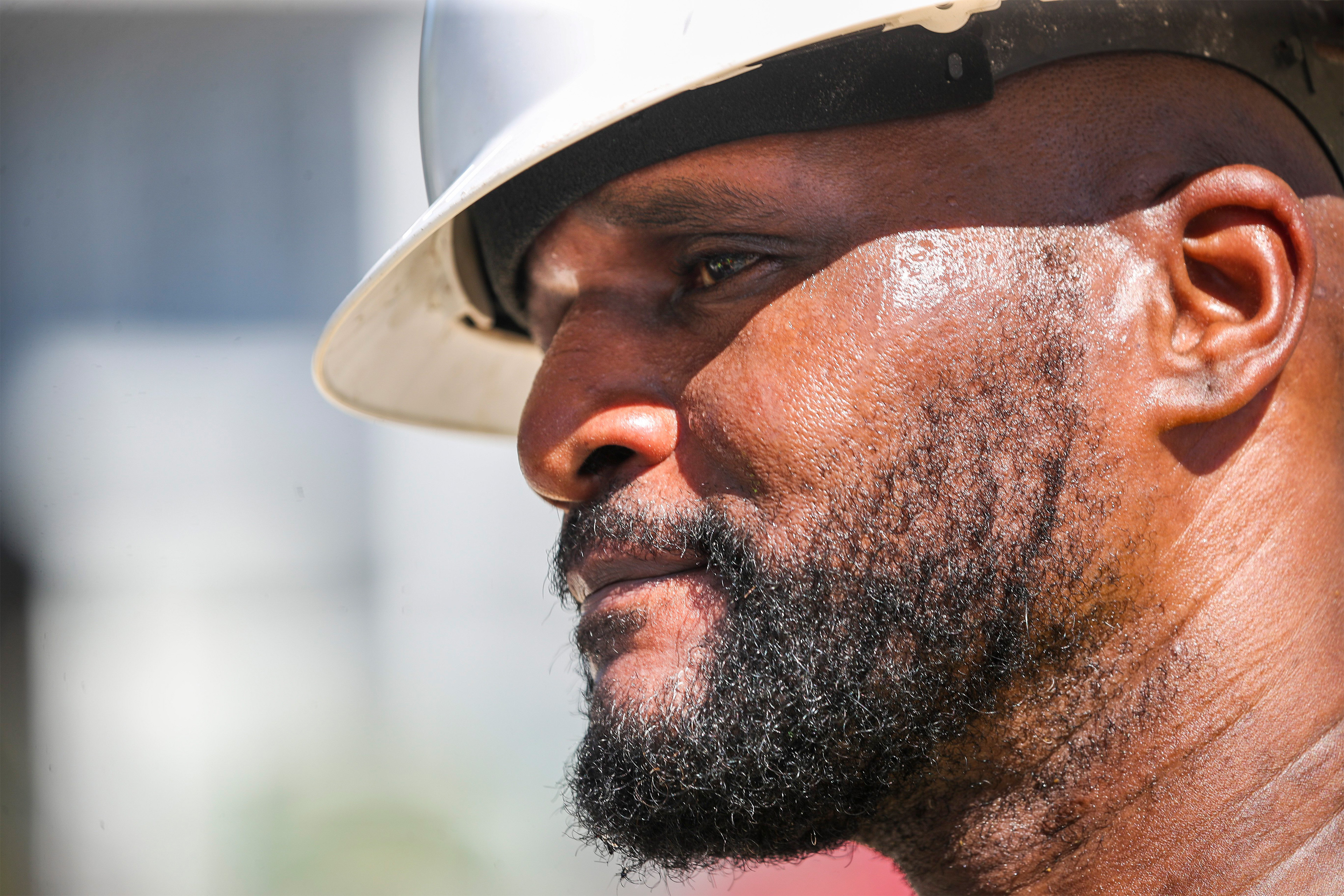Neighborhoods with more trees and green space stay cooler, while those coated with layers of asphalt swelter. Lower-income neighborhoods tend to be hottest, a city report found, and they have the least tree canopy.
The same is true in cities across the country, where poor and minority neighborhoods disproportionately suffer the consequences of rising temperatures. Research shows the temperatures in a single city, from Portland, Oregon, to Baltimore, can vary by up to 20 degrees. For a resident in a leafy suburb, a steamy summer day may feel uncomfortable. But for their friend a few neighborhoods over, it’s more than uncomfortable — it’s dangerous.



Wouldn’t it depend on the artificial structure and how much water you are adding?
Like a piece of foam painted with pure white IR-emissive CaCO2 is going to be >10 degrees cooler than a black panel with an air gap and glass.
There are likely tradeoffs (water and cost for the tree being the main downside).
Personally I think both is good https://www.pv-magazine.com/2023/08/25/sunagri-reveals-agrivoltaics-performance-in-heat-waves/
Less water, more elecricity and cooler temps than either alone.